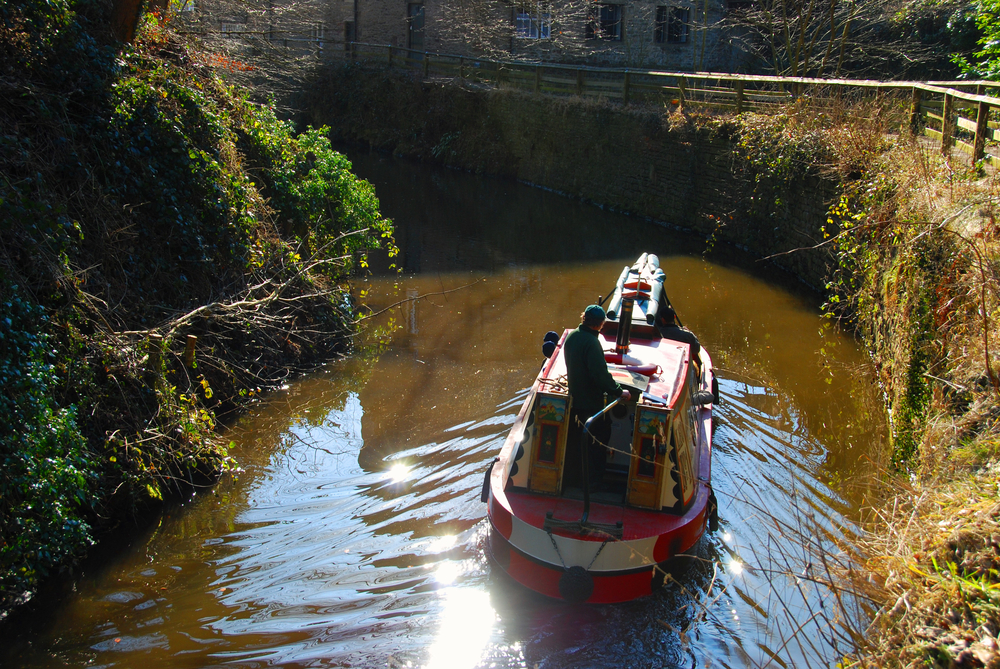 Since the prehistoric man met water, he has tried to conquer it. Circumstantial evidence of man using some form of watercraft to cross between land masses dates back at least 900,000 years. These ancient crafts were most likely dugouts made from carved or burned tree trunks. Having lived on the island of Crete, I was excited to see that early drawings suggest these crafts were used there 130,000 years ago.
Since the prehistoric man met water, he has tried to conquer it. Circumstantial evidence of man using some form of watercraft to cross between land masses dates back at least 900,000 years. These ancient crafts were most likely dugouts made from carved or burned tree trunks. Having lived on the island of Crete, I was excited to see that early drawings suggest these crafts were used there 130,000 years ago.
Archaeological evidence has turned up dugout-style boats from 7,000-10,000 years ago. The Pesse canoe, the oldest known, recovered boat, was found in the Netherlands. Made from a pine tree, dating evidence puts its construction between 8200 and 7600 BC. The canoe is on exhibit in the Drents Museum in Assen. Rafts, constructed by lashing logs together, were in operation at least 8,000 years ago. A 7,000-year-old sea vessel has been found in Kuwait. And we viewed a 2,000-year-old Roman boat when we were in Utrecht in the Netherlands.
boat, was found in the Netherlands. Made from a pine tree, dating evidence puts its construction between 8200 and 7600 BC. The canoe is on exhibit in the Drents Museum in Assen. Rafts, constructed by lashing logs together, were in operation at least 8,000 years ago. A 7,000-year-old sea vessel has been found in Kuwait. And we viewed a 2,000-year-old Roman boat when we were in Utrecht in the Netherlands.
Ancient people were also creating dugouts here in America, and the rivers were the primary thoroughfares for trade and travel. When I toured the Colonial Farm along the Potomac River, the guide took me to the pier and talked about its history as a major trade route.
 I find a certain romance in these old forms of transport, but then I love everything about the water. My father told stories of me gathering pebbles along the edge of one of the Great Lakes when I was 18 months old. By five, I was learning to waterski. Growing up, we had ski boats and sailboats; an aunt and uncle had a houseboat. Even today, I’d rather be in my kayak than do most things.
I find a certain romance in these old forms of transport, but then I love everything about the water. My father told stories of me gathering pebbles along the edge of one of the Great Lakes when I was 18 months old. By five, I was learning to waterski. Growing up, we had ski boats and sailboats; an aunt and uncle had a houseboat. Even today, I’d rather be in my kayak than do most things.
And I’m fascinated by the canal boats we saw along the waterways in Copenhagen. What would it be like to live onboard? Or on a boat traveling along the canals in Great Britain, such as the ones we saw in Skipton last year?
canals in Great Britain, such as the ones we saw in Skipton last year?
However, the canal boat’s original function was transporting goods, and the Augusta Canal was no exception. We visited last week, wandering along the side and viewing the locks on our recent visit to see my mother. Bypassing sections of the Savannah River, the Augusta Canal, built in 1845, is the oldest intact canal in continuous use in the American South. The brainchild of Henry H. Cumming, the first factories along it, a saw and grist mill and the Augusta Factory, were in use by 1847.
 By the American Civil War, the manufacturing centers along the canal were a significant factor in Col. George W. Rains’ decision to build the Confederate States Powder Works along its length. In all, twenty-eight structures extended for two miles, making Augusta the primary supplier of ammunition for the South.
By the American Civil War, the manufacturing centers along the canal were a significant factor in Col. George W. Rains’ decision to build the Confederate States Powder Works along its length. In all, twenty-eight structures extended for two miles, making Augusta the primary supplier of ammunition for the South.
Boom years followed in the late 19th century, with “mill villages” springing up to house factory workers’ families. In 1890, the city replaced its old water pumping station and built the new water works, still in use today, ushering the age of electricity into the South. By 1892, Augusta had electric streetcars and street lights, the first Southern city to do so.
Over time, other transportation methods replaced canals, but I still find them fascinating. Today, many are used more for leisure pursuits and for those who wish to escape the hustle and bustle of modern life. I think I will grab a kayak and head down the road to the Potomac River for a lovely evening paddle.

Fascinating article, learned things that I have never read before, thanks.
Thanks, I learned new things as well!